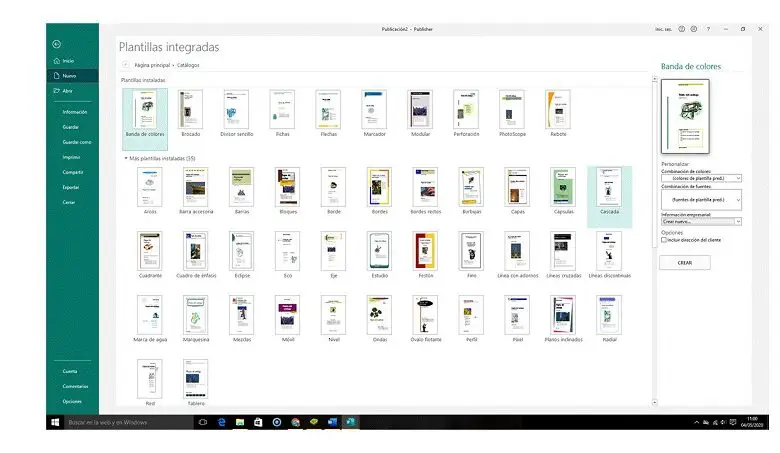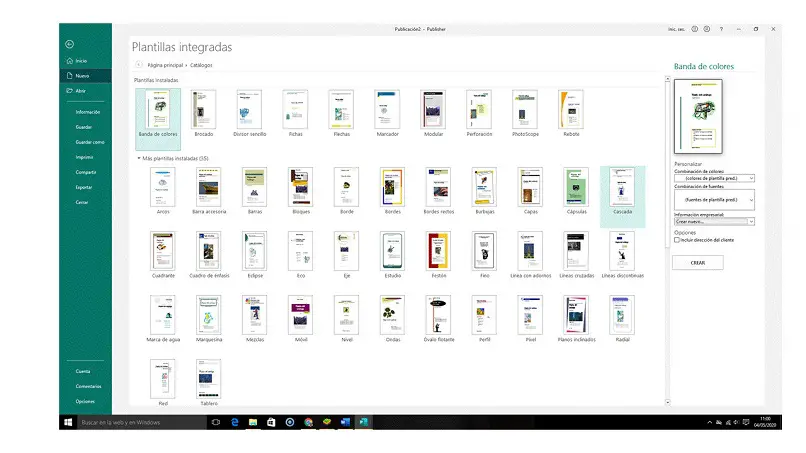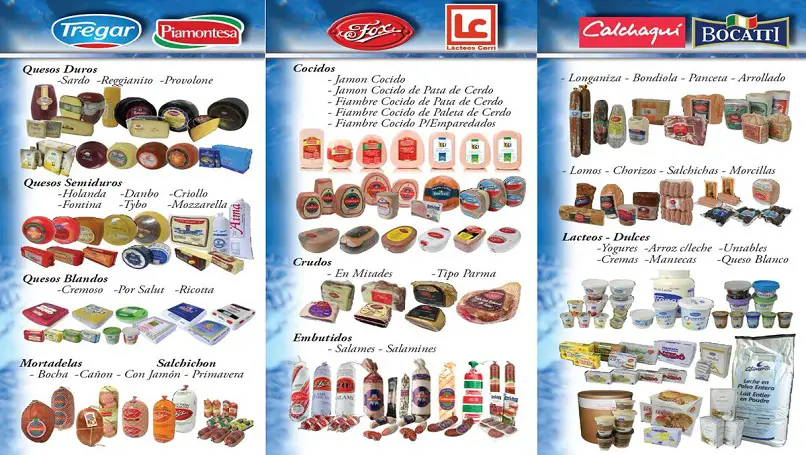how to create a catalog in publisher 2016

Publisher is a great Microsoft application for beginners. It allows you to create, personalize and share various publications, products, services and marketing materials. For this, it has various functions; Then we will explain how create a catalog of products or services with Microsoft Publisher .
You can do a lot of things with this program that people are usually not aware of. For example, you can create a logo with Microsoft Publisher , or if you wish, you even have the possibility to create a journal template in Publisher .
All will depend on the time you spend and the experience you will gain. This application has many templates, for different types of publications. Reason why it allows you to lay out different things; A moment you can create an email newsletter in Publisher , the next one you can create an HTML document in Publisher .
The product catalogs are widely used by publishers and are one of many Publisher templates. Catalogs help you present different products to your business customers. Microsoft Publisher allows you to create easily and for free catalogs to capture the attention of customers and encourage them to buy.
Learn how to create a free product or service catalog with Microsoft Publisher
To create a product catalog, you can do it in two ways. The first is to use the predefined templates . The second method is to use the Publisher assistant to create catalog combinations.
The first option is for simpler posts, while the second is an option for the catalogs bigger and more elaborate .
Use pre-designed templates to create product catalogs
The predefined templates for Microsoft Publisher are ideal for creating product catalogs with few items. To get started, you need to choose the template you want to use and follow these steps:
- Open Microsoft Publisher. In the left menu choose the option » new To create a document. Then choose " integrated models «.
- The option " catalogs » will appear . You must now choose between the available options, the design of the model, depending on the product you are going to present.

You can also change the catalog position, colors, fonts, and other items. The idea is that you can customize the presentation and adapt it to the type of product. The options available editor panel are very easy to use.
Use the wizard to create a combination of catalogs
This option is ideal for creating a catalog with multiple items. It allows you to connect the catalog to a database, spreadsheets, text files, etc. Combining catalogs allows you to create photo albums, directories and other publications with multiple items per page.
To start a catalog combination, you must create a new publication in Publisher by following the steps in the previous item. Once you have chosen your catalog template, combine the post template by selecting the catalog combination template .
Combine the model with other data
Then you can combine the template with other data you want to include in the catalog pages, later you can view the number of records you want for each page.
Once you have created the combination of models, you can save this combination for reuse . You will only have to update the data source information, but you can keep the combination.
Plan and organize before creating a product catalog
Before starting a product catalog, it's important that you take the time to plan and organize. For example, you might be wondering what factors you want to include in your presentation. One of them is the product price, description, images , among others.

The data source that you will use in the catalog combination must include a field or column of data . This should be specific to each type of information you are going to use. Ideally, you should have all of this information ready before you start your model in Publisher.
Likewise, there must be a column to be able to access the files containing the images that you will use in the catalog. Remember that this valuable tool also requires you to use it wisely; and take advantage of each of the configuration options for get the desired results .

how to create a catalog in publisher 2016
Source: https://www.informatique-mania.com/en/applications/comment-creer-gratuitement-un-catalogue-de-produits-ou-de-services-avec-microsoft-publisher/
Posted by: houckearon1950.blogspot.com

0 Response to "how to create a catalog in publisher 2016"
Post a Comment